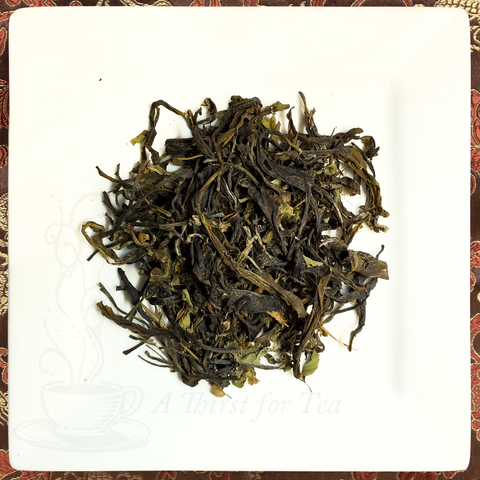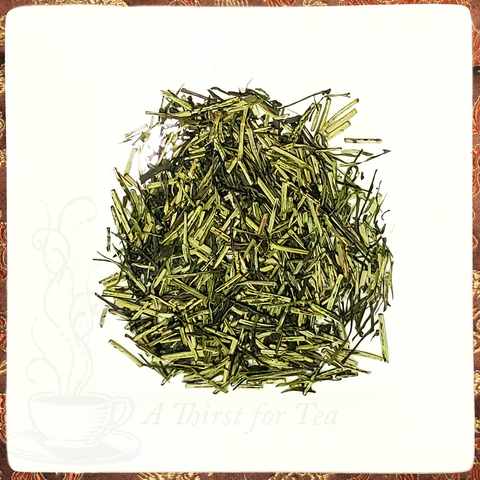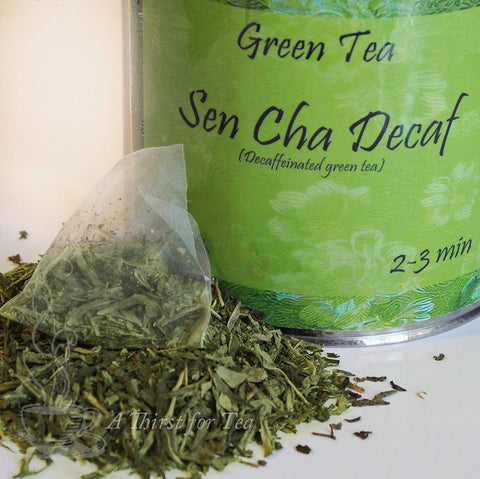Anji Bai Cha, 1st-Flush Whole Leaf China Green Tea
$13.99 $18.99Anji Bai Cha, 1st-Flush Whole Leaf China Green Tea
$13.99 $18.99- Gallery
- Description
- Anji Bai Cha Preparation
- Anji Bai Cha Background
- Reviews
Ours is the first plucking of this wonderful tea, representing the purest, most distinctive representation of this tea's character. The leaves are slender, delicate & a bright vivid green, with an abundance of fine white fuzz on the undersides. The scent has notes of citrus & nuts. The liquor is a lively pale green with the bright clarity of a classic high-grown mountain tea. The taste is a complex mix of tangy fresh, floral & mellow with lovely lemony notes, & a creamy soft, silky mouthfeel with a sweet lingering aftertaste.
Ingredients: Artisan green tea
Origin: Anji County, Zhejiang, China
Brewing Instructions
Water Temperature: 160 -175 degrees
Water Quality: Best with Spring Water
Amount of Leaf (per 6 fl oz water): 2 full Tbl. (4 grams)
Steep Time: 2-3 minutes
Number of Infusions: 3
I especially like using a high leaf to water ratio and steeping this tea with slightly cooler water. Our Anji Bai Cha may be prepared in a standard teapot, or in your favorite mug or lidded gaiwan. For best results, we recommend that you pre-warm your vessel, and place 3.5 -- 4 grams of leaf per 6 oz of liquid, before infusing with 160-175 degree water for up to 2-3 minutes. As with all green teas, Anji Bai Cha can be infused at least three times (and up to 5.) Increase the time and temperature slightly with each subsequent infusion. Experimenting with your own temperatures and steeping times is encouraged, especially with such a forgiving tea. Cooler temperatures and shorter times yield more mellow, fruity elements, while hotter water and longer times produce a sharper flavor. Always use the best-tasting water you can find, and adjust steeping times, quantity of leaves, and water temperature to your personal preferences.
We highly recommend brewing your tea in a teapot or mug with a removable infuser so that you can remove the leaves at the end of the steeping time. Whole leaf teas of this quality need room to unfurl and expand in the water in order to perform their "magic." If you don't have a removable infuser, you can brew the loose leaves directly in the pot. At the end of the steeping time, pour all of the tea into a warm serving pitcher or pot.
Anji Bai Cha has become the most sought after green tea amongst tea afficionados due to its limited production. Our Mingqian Anji Bai Cha is plucked 2 days before Qingming (April 5) in Tian Huang Ping, Anji county. This is the first plucking of this wonderful tea, representing the purest, most distinctive representation of this tea's character. The leaves are slender, delicate and a bright vivid green, with an abundance of fine white fuzz on the undersides. The scent has notes of citrus and nuts. The liquor is a lively pale green with the bright clarity of a classic high-grown mountain tea. The taste is a complex mix of tangy fresh, floral and mellow with lovely lemony notes, and a creamy soft, silky mouthfeel with a sweet lingering aftertaste.
Anji Baicha, (translated Anji White Tea) is grown in Anji County, Zhejiang province. Although the name indicates a white tea, Anji Baicha is definitely processed as a green tea. The term "white" in this instance refers to the appearance of the plant itself, the leaves of which are very pale, almost white, as is the color of the liquor. One of the characteristic of Anji Bai Cha tea plants is that they produce very little chlorophyll during the winter when temperatures are quite low (ranging from minus 8 to 10 degree Celsius). As a result, since less theanine is converted to chlorophyll, the tea buds contain higher levels of health enhancing theanine. The tea buds are white in color. After processing, the tea leaves acquire a pale yellowish-green color. The plucking season is very short, only about 30 days in early spring. Once the temperature rises to above 25 degrees celsius the leaves are noticeably greener and have changed in flavor.
Anji Bai Cha has a long history dating from the Song Dynasty (960 to 1276 a.d.) The famous Song Dynasty Emperor Huizong --who was known more as a gifted artist than as an emperor--wrote a book on tea called General Remarks on Tea. In it he wrote about a tea plant with jade white leaves. This tea plant remained a mystery for 900 years until in 1980 a single white tea bush (now known to be the ancestor of Anji Bai Cha) was found in Anji County, Zhejiang province. Experts believe that this was the tea plant mentioned in the book. All Bai Cha bushes are descended from this one tea bush which is estimated to be approximately 300 years old. It has taken since 1980 to propogate enough bushes to produce a commercial crop.













































